|
Our 2nd day in South America was filled with bright sunshine and clear, blue skies. We were picked up at our hotel just after 9:00am and climbed into a 14 passenger van where we were greeted by our driver Jorge and our guide Hector. As we made our way out of the downtown area, the evidence of the political protests which had been going on for months, and which we had witnessed the day before at Plaza Italia, were on full display. Block after block of beautiful Colonial architecture had been defaced with anti-government grafitti. Hector explained that while the protests had been going on for months, for the most part they started out peacefully and would gradually turn violent in isolated places, like Plaza Italia, after the police arrived. While the protests were primarily aimed at the sharp increase in transit costs, there was also general unrest regarding the inequality of wealth in Chile. According to Hector, because voter turnout in Chile is low, the President was elected by a small group of the population who represented the upper class. Compounding the unrest is that much of the infrastructure in Chile - roads, water, electricity - is privately owned by the same people who elected the President. The graffiti became less pronounced as we travelled out of the downtown area and we soon found our way on the main highway heading north, out of Santiago in Chile’s Metropolitan Region and towards the north eastern part of the Valparaiso Region. Our drive took us along the foothills of the Andes which is one of the reasons that this area is typically very dry. Apparently, the humidity from the Pacific, about 130 kilometers west of our route, is blocked by the coastal mountains. The area has an abundance of acacia trees which thrive here because their long root system can absorb what little water there is in the ground. As we approached San Estoben, Hector pointed out the peak of Anconcagua, the tallest mountain in the Andes (6900 meters) about 60 kilometers to the east in Argentina. Our morning excursion was to a winery and archaeological site in the town of San Esteban. As we turned off the main road and onto the local road leading up to the winery, we passed through an old neighbourhood consisting of houses constructed from adobe - mud and straw covered in plaster and paint. The dusty road led us up an incline bordered by vineyards on each side. The vineyards were separated from the road by a row of rose bushes. The roses attract bees and keep bugs away from the vines while allowing natural pollination to occur. Owls nesting in burrows throughout the vineyards help to control rodents that might otherwise damage the plants. Our van pulled into a small, empty parking lot protected from the sun by large, leafy trees. After leaving the van, we walked up a meandering dirt path that led us through the vineyard which blanketed the side of a steep hill from the base to the peak. Patches of dry brush and tall, prickly cacti were scattered throughout the vineyard, a reminder of the dry climate that dominates the area. As we reached the crest of the hill we had wonderful views of the Aconcagua Valley. This is also the main site of the Paidahuen National Monument and an opportunity to see ancient petroglyphs that date back nearly 1000 years. These petroglyphs are scattered about the hilltop all along the path leading from the vineyard. After spending some time taking in the views and admiring the petroglyphs, we retraced our steps back through the vineyard to the winery. In a secluded clearing beside the winery, a large table had been set up for our small group to enjoy a lunch of fresh made empanadas and taste some of the fine wines of the area. Our wines consisted of 3 varietals - a Sauvignon Blanc, a Cabernet Sauvignon and a Carmenere. All of the wines were very good but my favourite was the Carmenare, a wine for which Chile has become renowned. Carmenare is a dark-skinned grape that was imported from France in the 1850’s before the phylloxera epidemic wiped out most of the vineyards in France. While nearly all of the other grapes recovered in France, Carmenere did not, and was thought to be extinct until it was rediscovered in Chile in 1991 and has become one of that countries premier wines. We finished our lunch and wine tasting then loaded back onto our van for the 1 1/2 drive through the scenic Andes mountains. Our drive took us along the Paso Internacional Los Libertadores, the main transport route out of Chile into Mendoza area of Argentina. The drive has spectacular views of the mountains and valleys with breathtaking hairpin turns (29 of them!) as we approached the Portillo Ski Resort and Laguna Del Inca near the Argentinean border. The resort hotel seems to be the only structure in the area and sits at the southern end of the lagoon. The lagoon itself is a serene lake, bright blue in colour and surrounded by a backdrop of magnificent mountains. We walked down to the lagoon and sat on the bank admiring the peaceful calm that permeates the area. After spending some time at the lagoon, we walked back up to the resort where we had a light lunch at a lakeview table in the hotel dining room. The hotel is at 2875 meters above sea level and provides panaromic views of the lake and mountains that surround it. Following our lunch, we drove back to Santiago which took roughly 2 1/2 hours where we were dropped off at our hotel. After freshening up, we walked to the Eladio Restaurant which was about 1 kilometer from our hotel. Kim enjoyed Chilean Sauvignon Blanc to complement her breaded steak stuffed with cheese and ham. I enjoyed Cabernet Sauvignon and a delicious strip loin steak with frites. We walked back to our hotel and prepared for our departure from Santiago the next day.
Continue to Day 3 - click here
0 Comments
Your comment will be posted after it is approved.
Leave a Reply. |
Sharing Our Travel DreamsSharing our personal experiences onboard and on the road, along with tips and insight for creating memorable vacations. Archives
March 2021
Categories
All
|
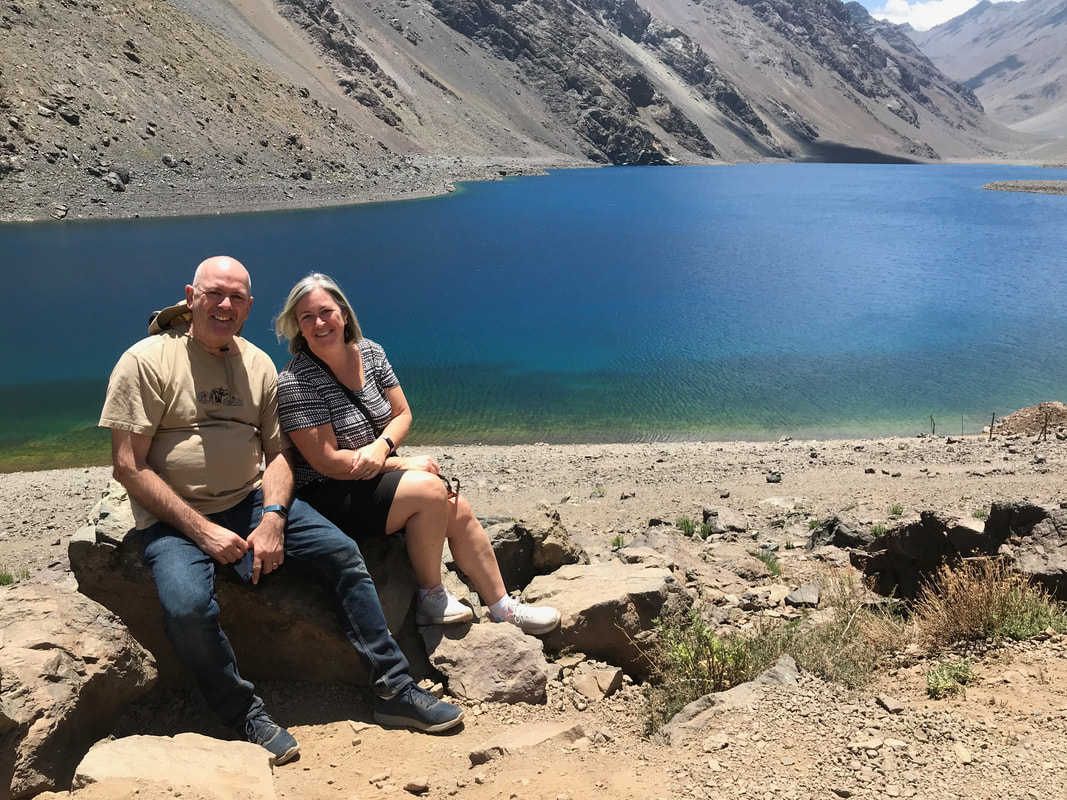
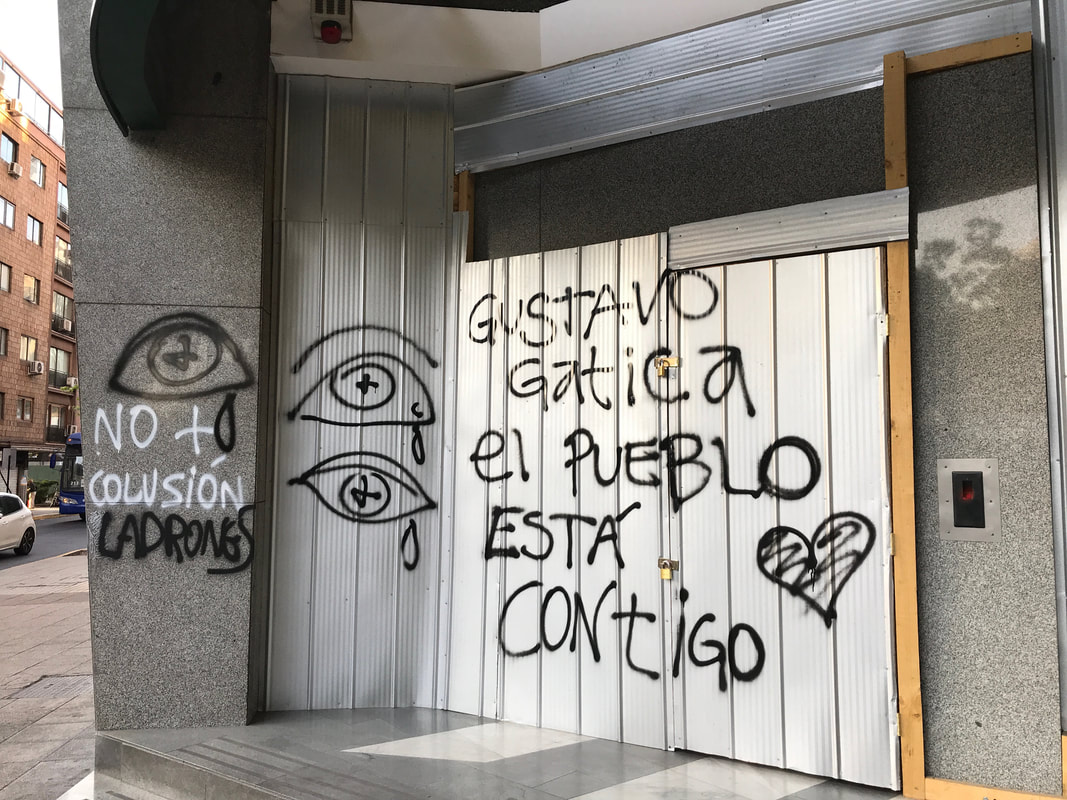
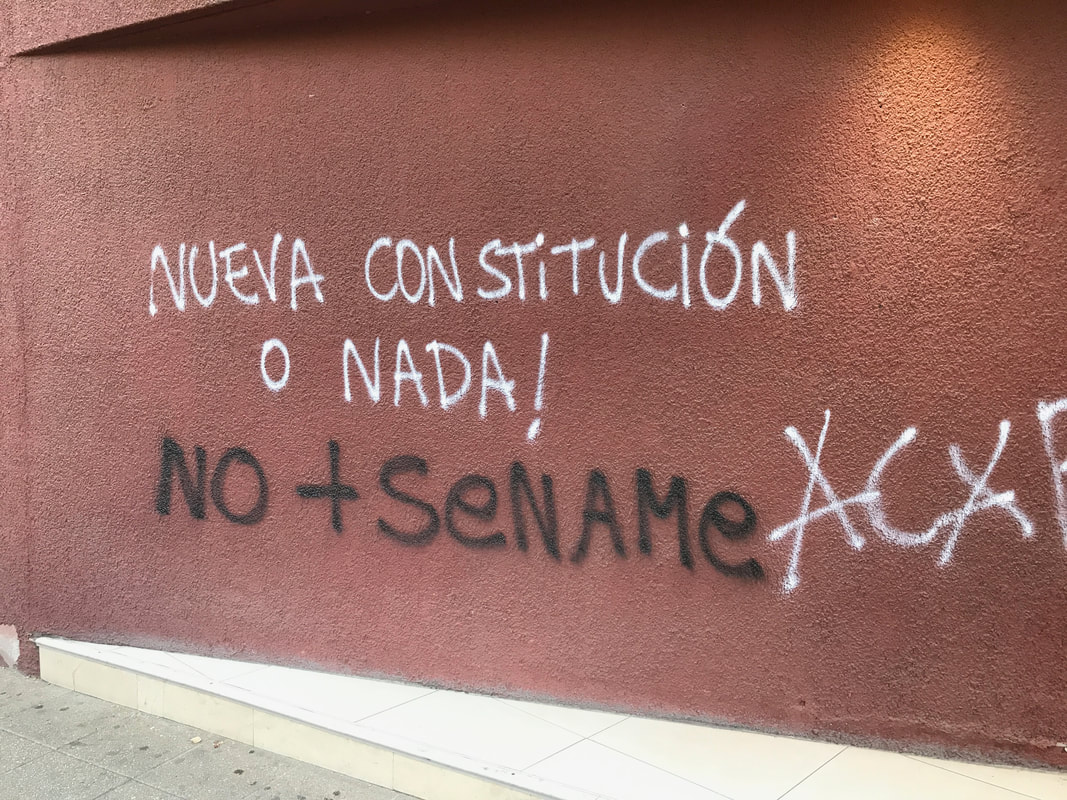
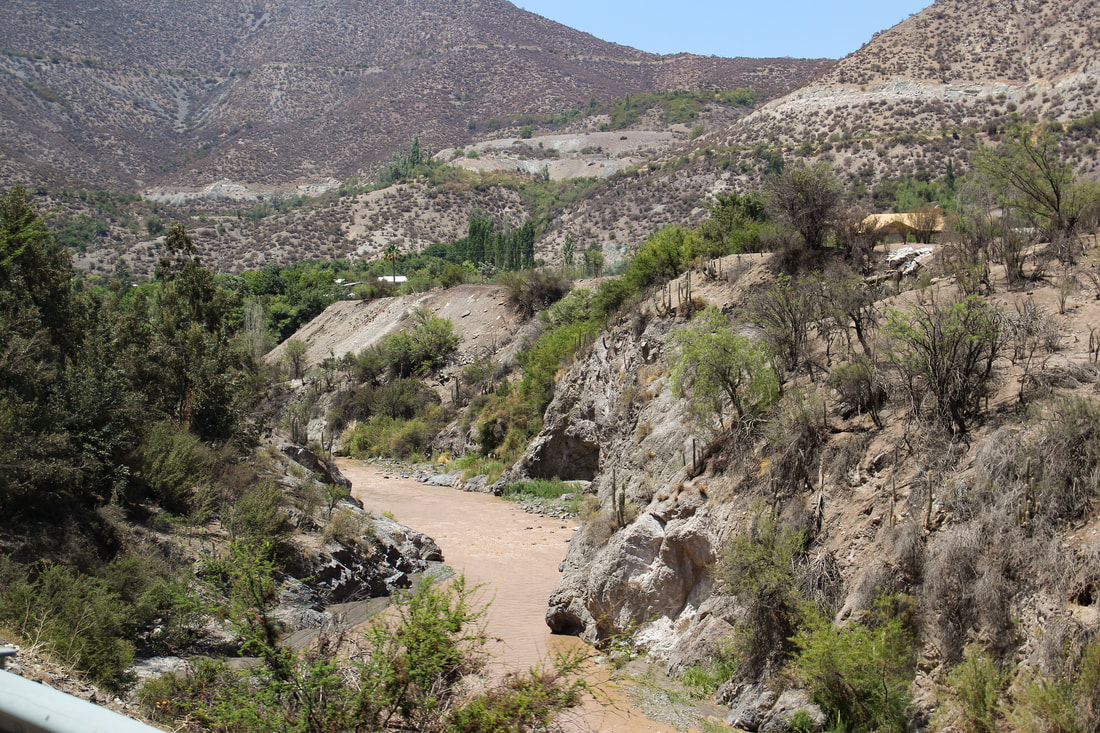
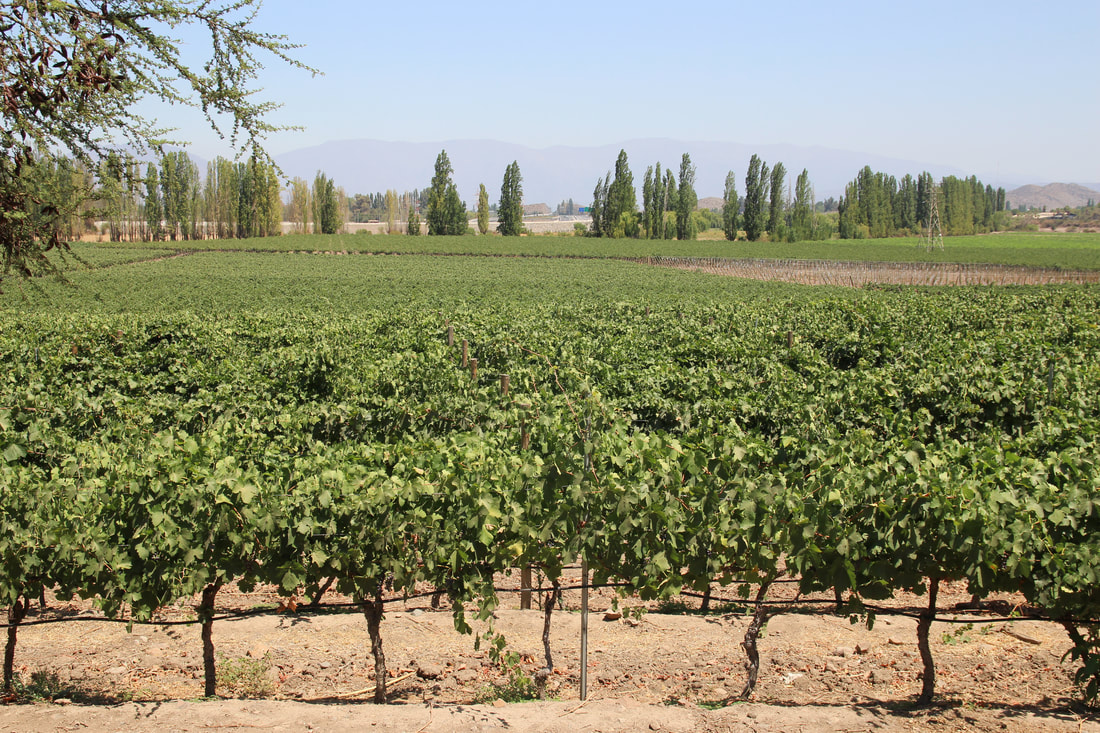
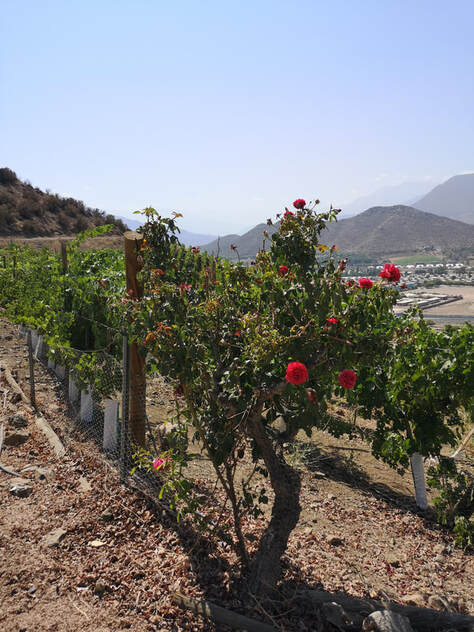
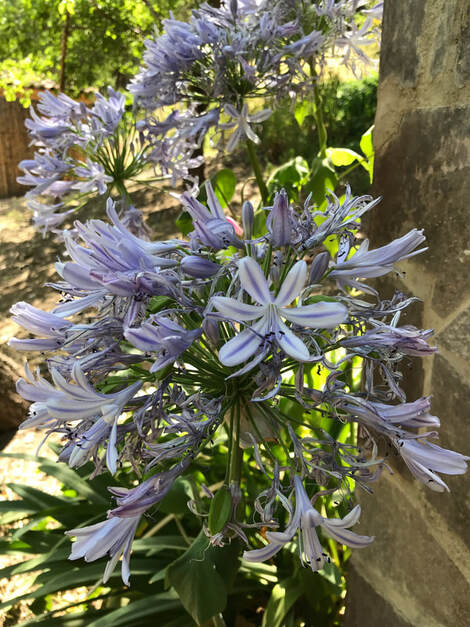
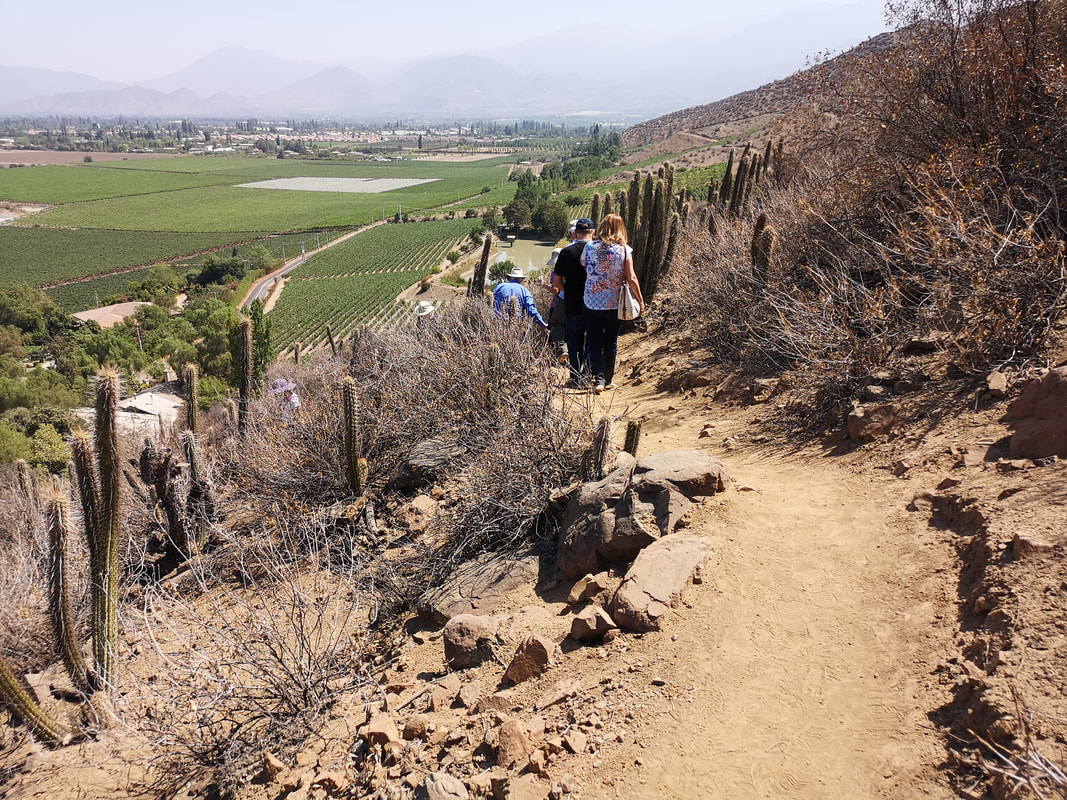
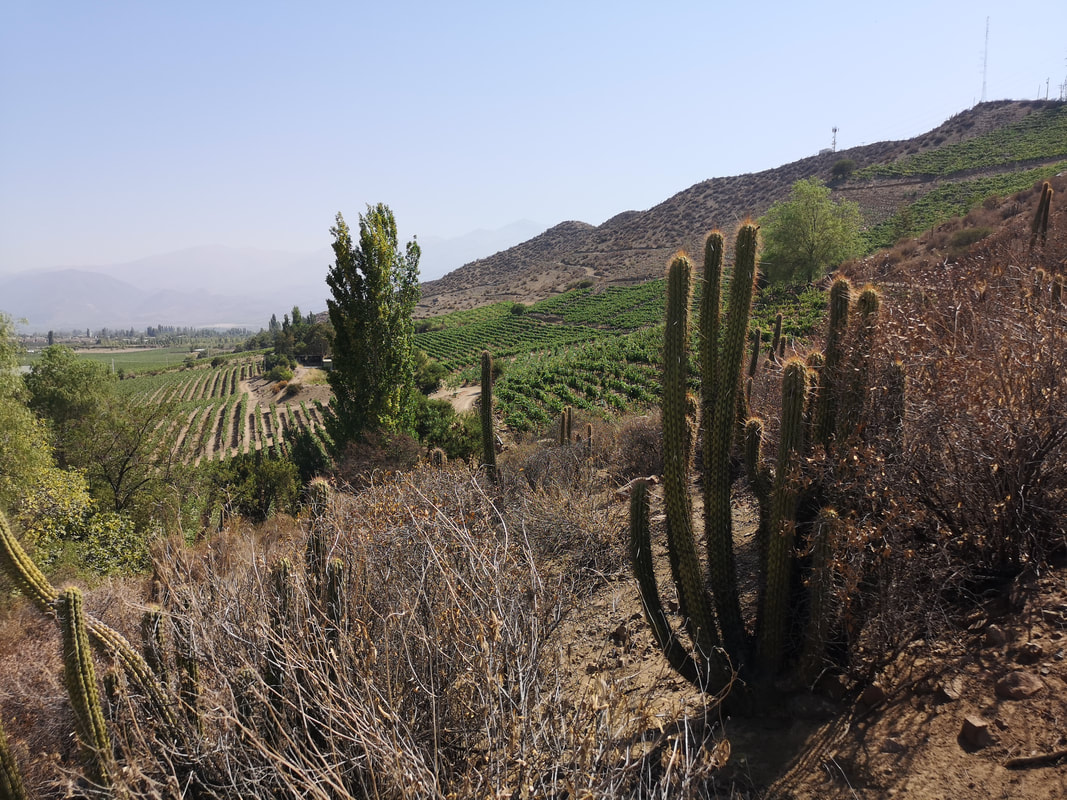
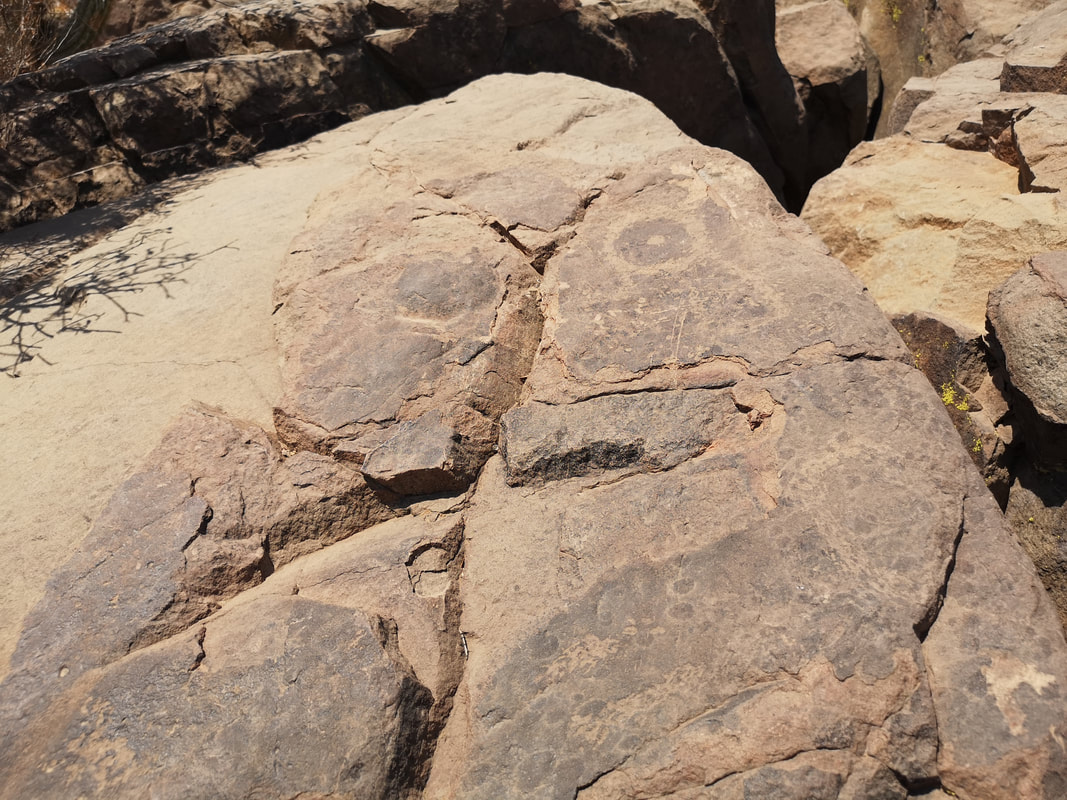
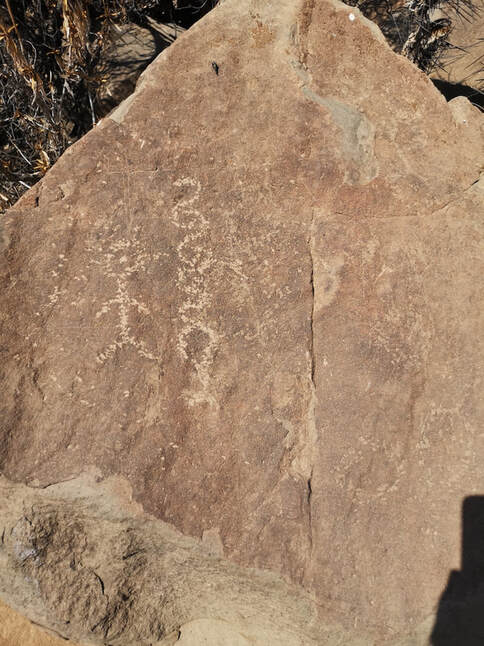
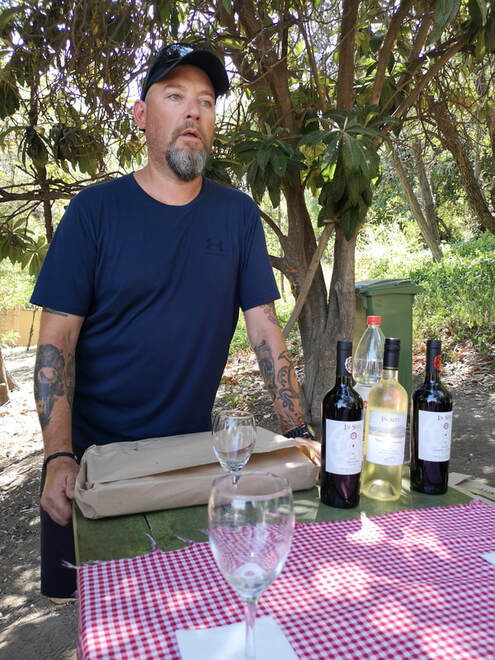
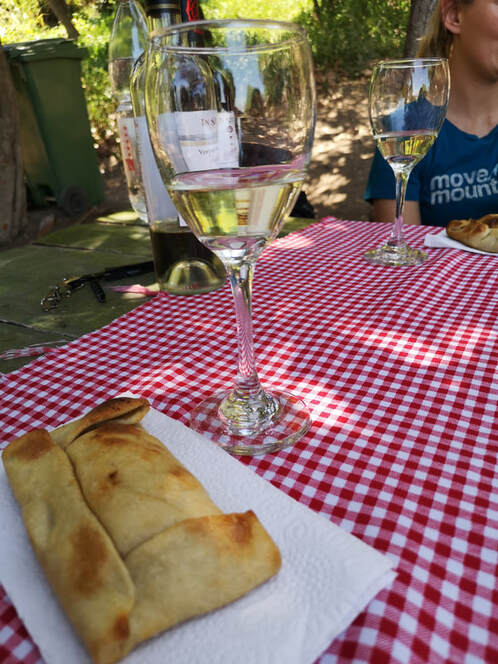
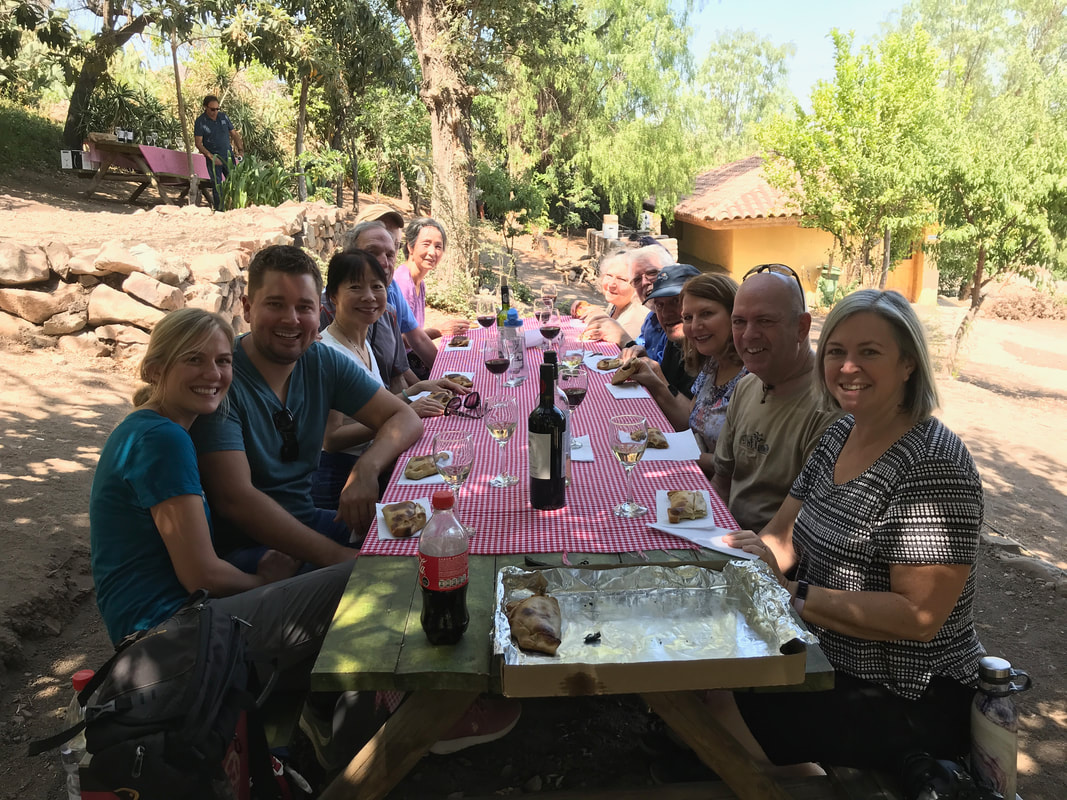
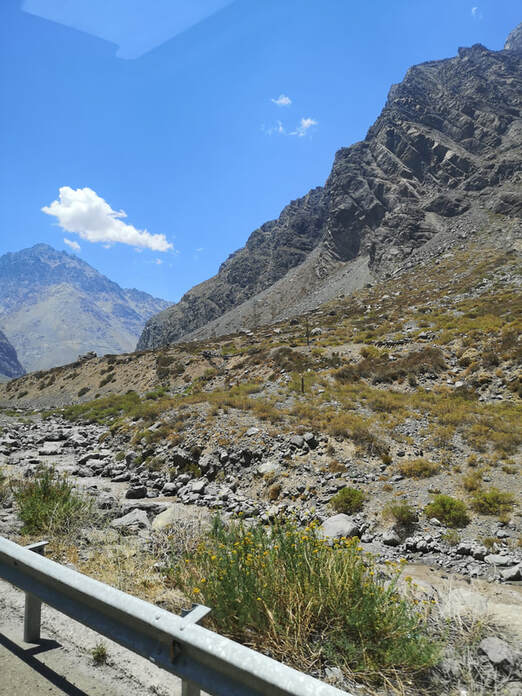
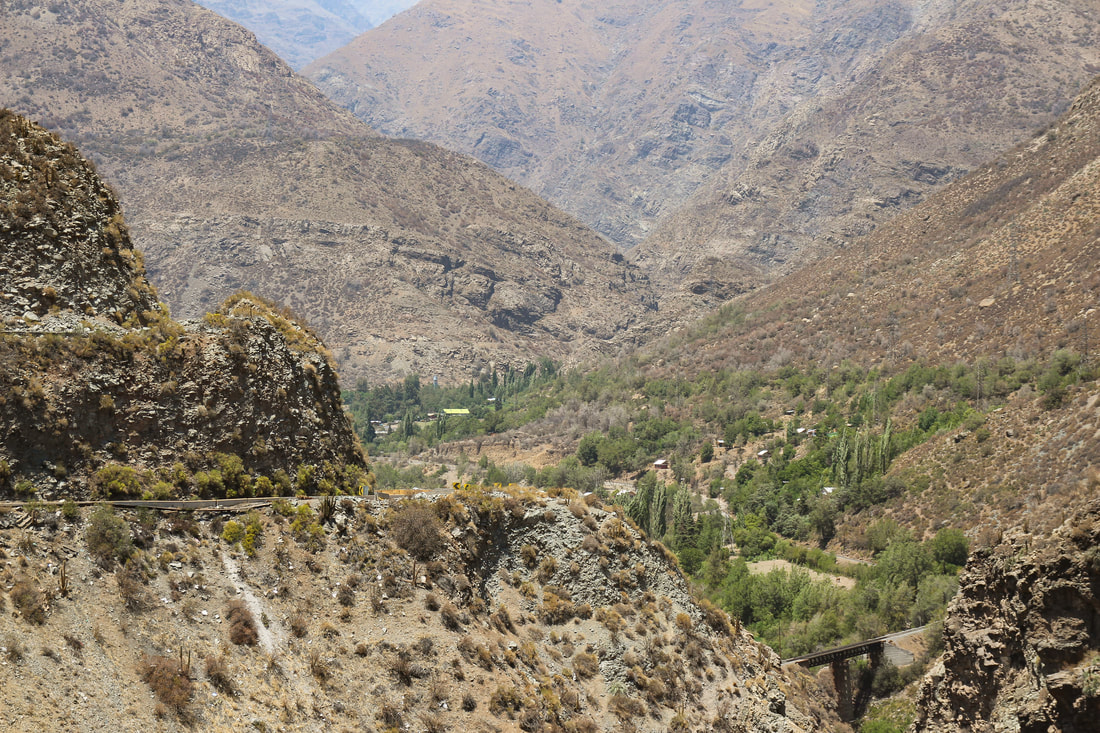
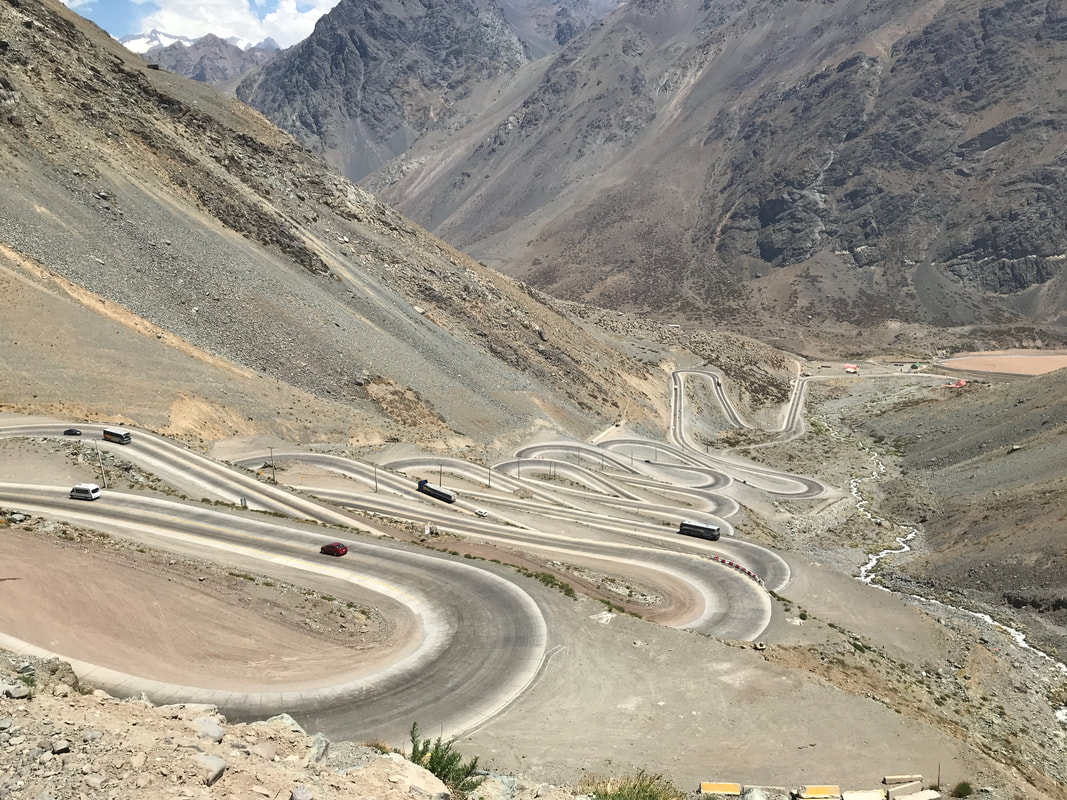
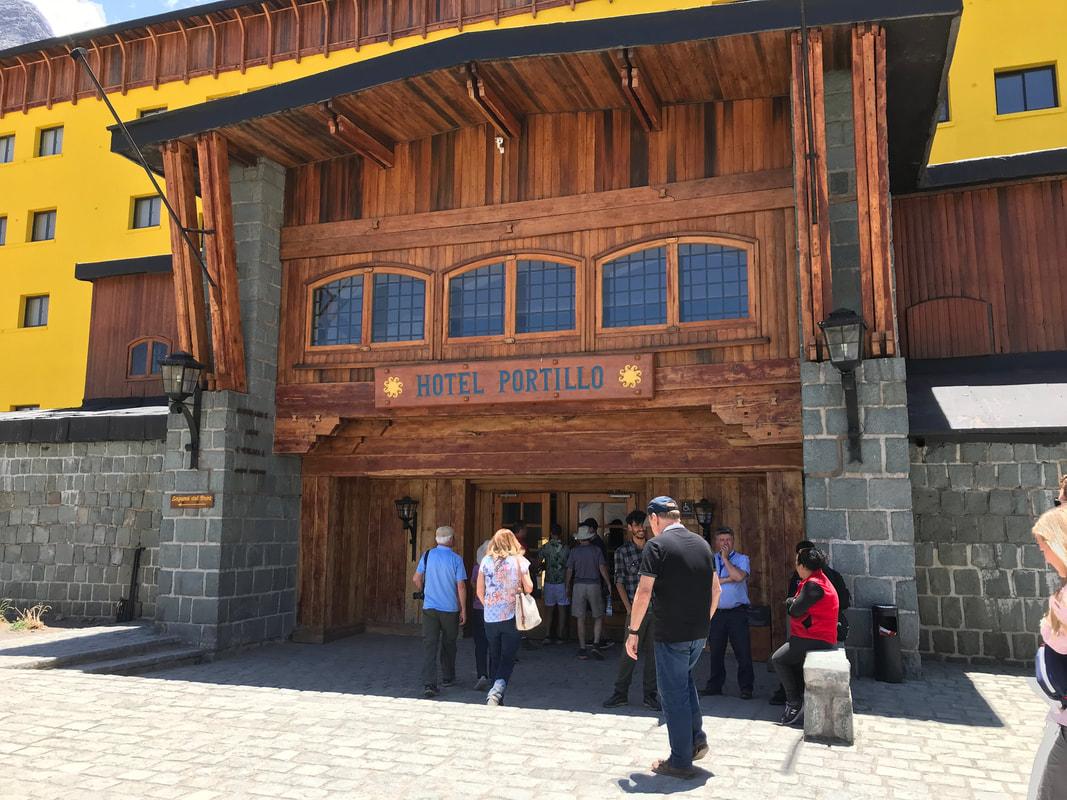
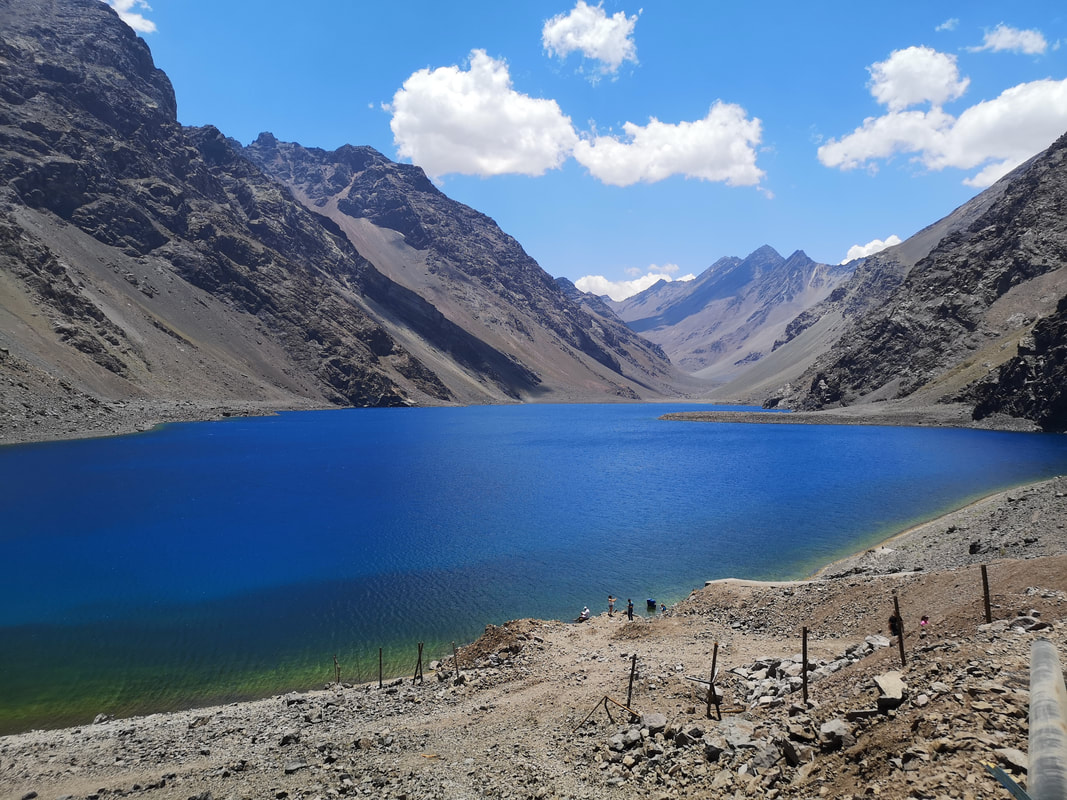
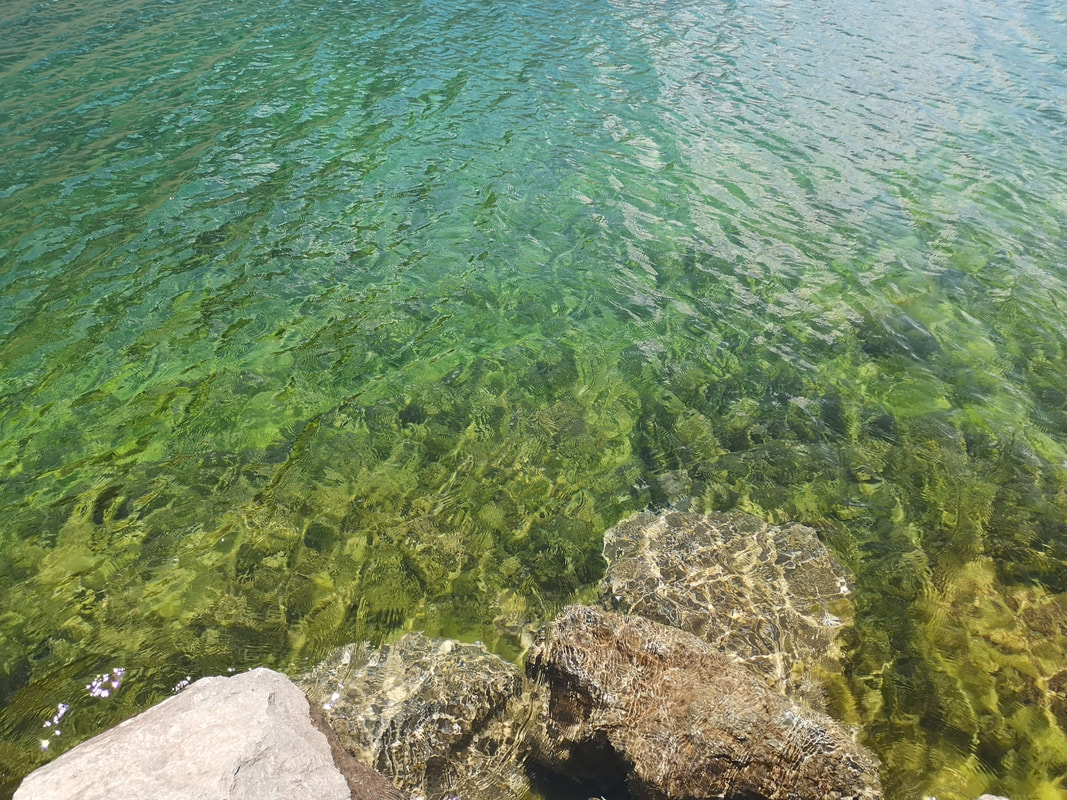
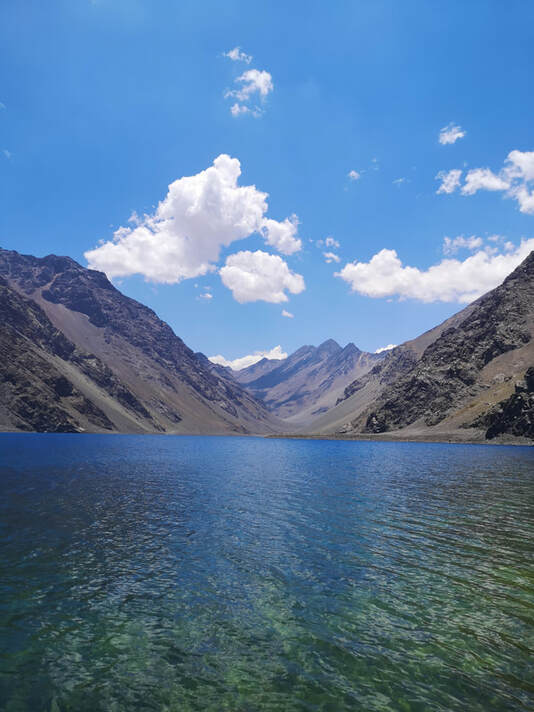
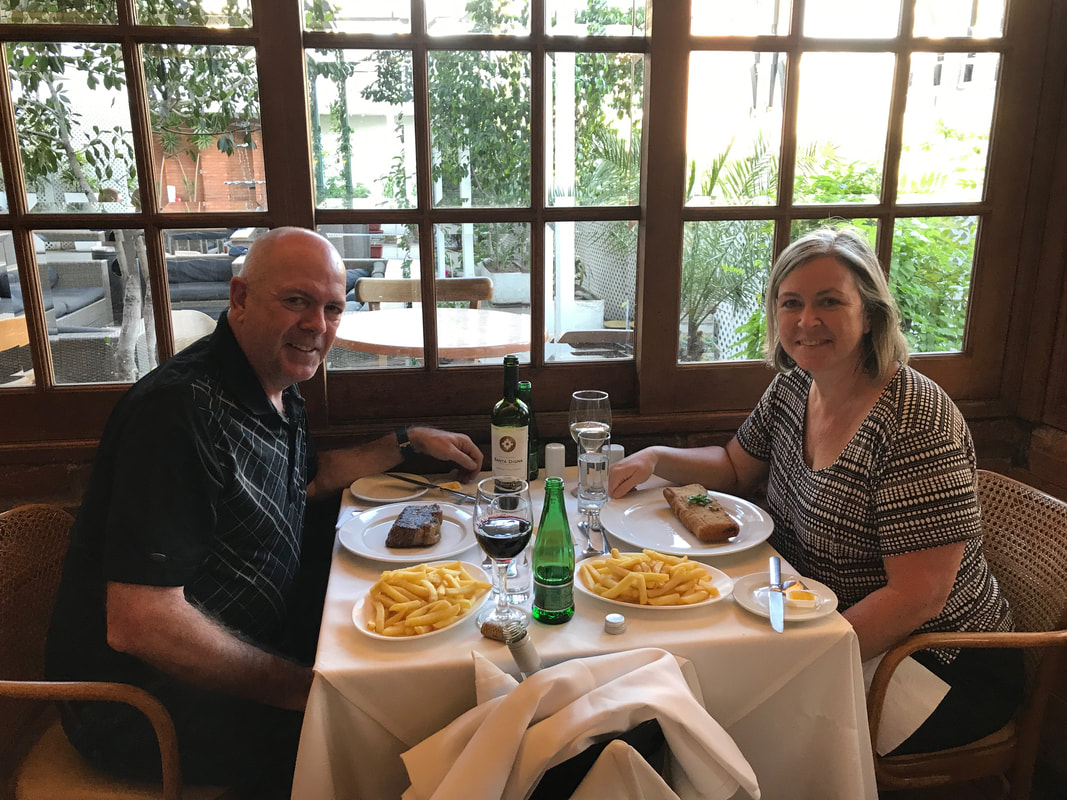
 RSS Feed
RSS Feed